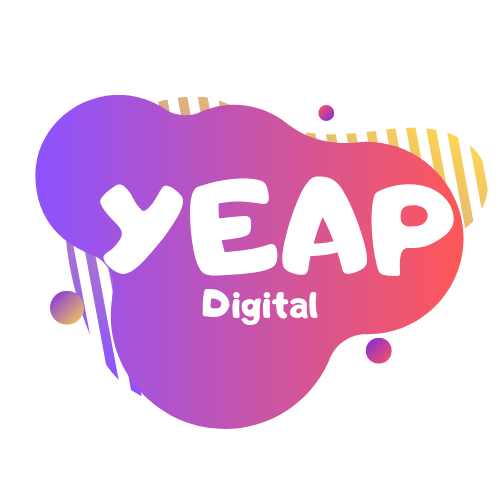What is HTML?
A little bit back to basics! HTML stands for hypertext markup language. Although it is a simple concept, HTML is vital for web design, as it provides the structure of all web pages. It is one of the skills any frontend developer must have.
HTML is at the core of web design and development, regardless of the complexity of a website.
So What Is HTML?
It is the standard markup language for structuring a web page and its content.
As its name suggests, HTML is not a programming language. It doesn’t have the ability to create dynamic functionality. As a markup language, it doesn’t do anything in the sense that a programming language does. It neither has conditional statements such as if/elif/else nor can evaluate expressions or perform mathematical operations. Also, it is not possible to declare variables or create functions for specific purposes.
Instead, it makes it possible to create and structure paragraphs, headings, links, and sections for websites. It is a markup language that defines the data and describes its purpose on the webpage. It offers clean and consistent markup.
Web browsers have an important role in translating code into something we can see on our screens and even interact with. Code without a browser is only a text file. HTML describes the data to the web browsers such as Google Chrome, Firefox, and Opera. So the browsers know which parts are headings, which parts are paragraphs, which parts are links on a page, and display the data accordingly. HTML runs natively in every web browser.
HTML describes the data by using a series of tags. These tags wrap different parts of the content to make them appear a certain way or act a certain way. These can be considered as the building blocks of web pages. Tags have intuitive names such as header tags, paragraph tags, or image tags. In addition, they create a hierarchy that structures the content. Tags contain three main parts: opening tag, content, and closing tag. Except for the empty elements that do not have an end tag.
So HTML tells the browser what to do and how to display the content. The enclosing tags can make a word or image hyperlink to another page, italicize a sentence, make lists, emphasize a word, create special characters, insert images, make the font bigger or smaller.
HTML, CSS And JavaScript
HTML has a lot of advantages. However, it is not possible to create a modern, responsive website solely with HTML. This is where CSS and JavaScript come in! The HTML, CSS, JavaScript trio is at the core of most of the websites. Just like HTML, CSS is not a programming language. While HTML defines the structure, CSS which stands for Cascading Style Sheets gives a website its style and look. On other hand, JavaScript is an actual programming language. It allows web developers to add dynamic functionality to a website. JavaScript can modify a website’s content and make it behave in various ways in response to a visitor’s actions. So, HTML can be used together with actual programming languages. For example, you can use a popular JavaScript library, React for creating nice user interfaces for your website.




